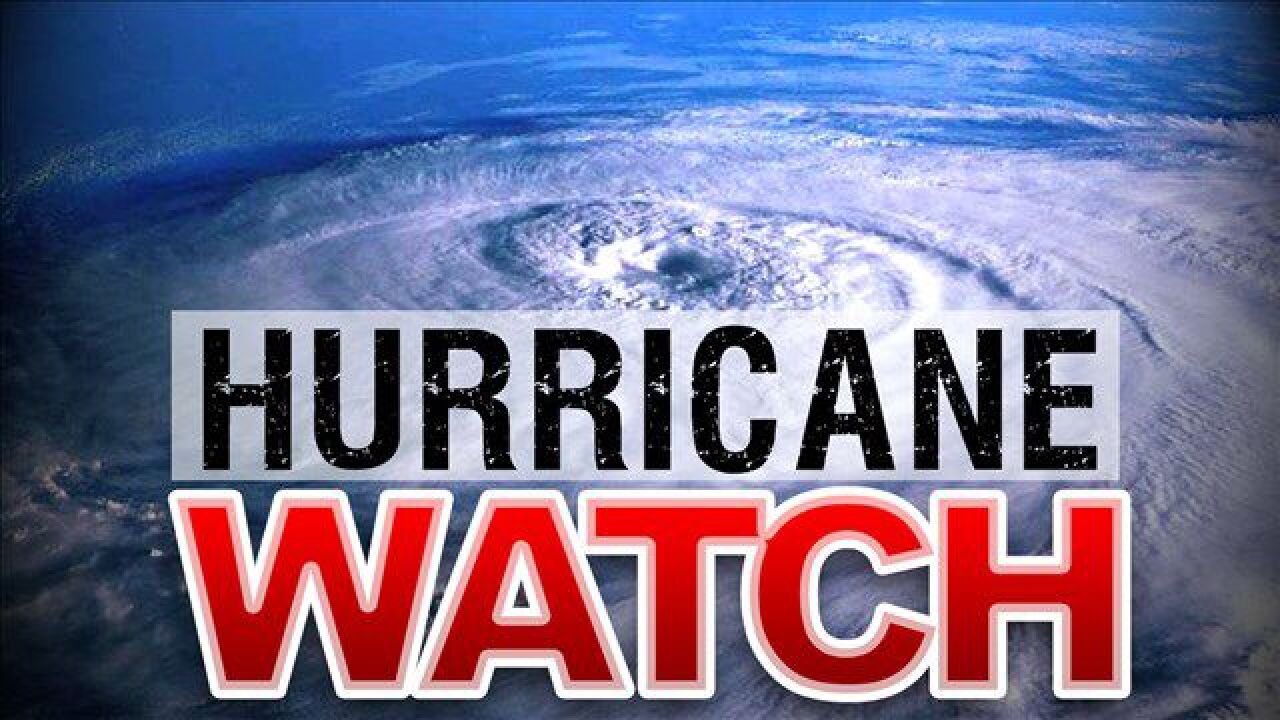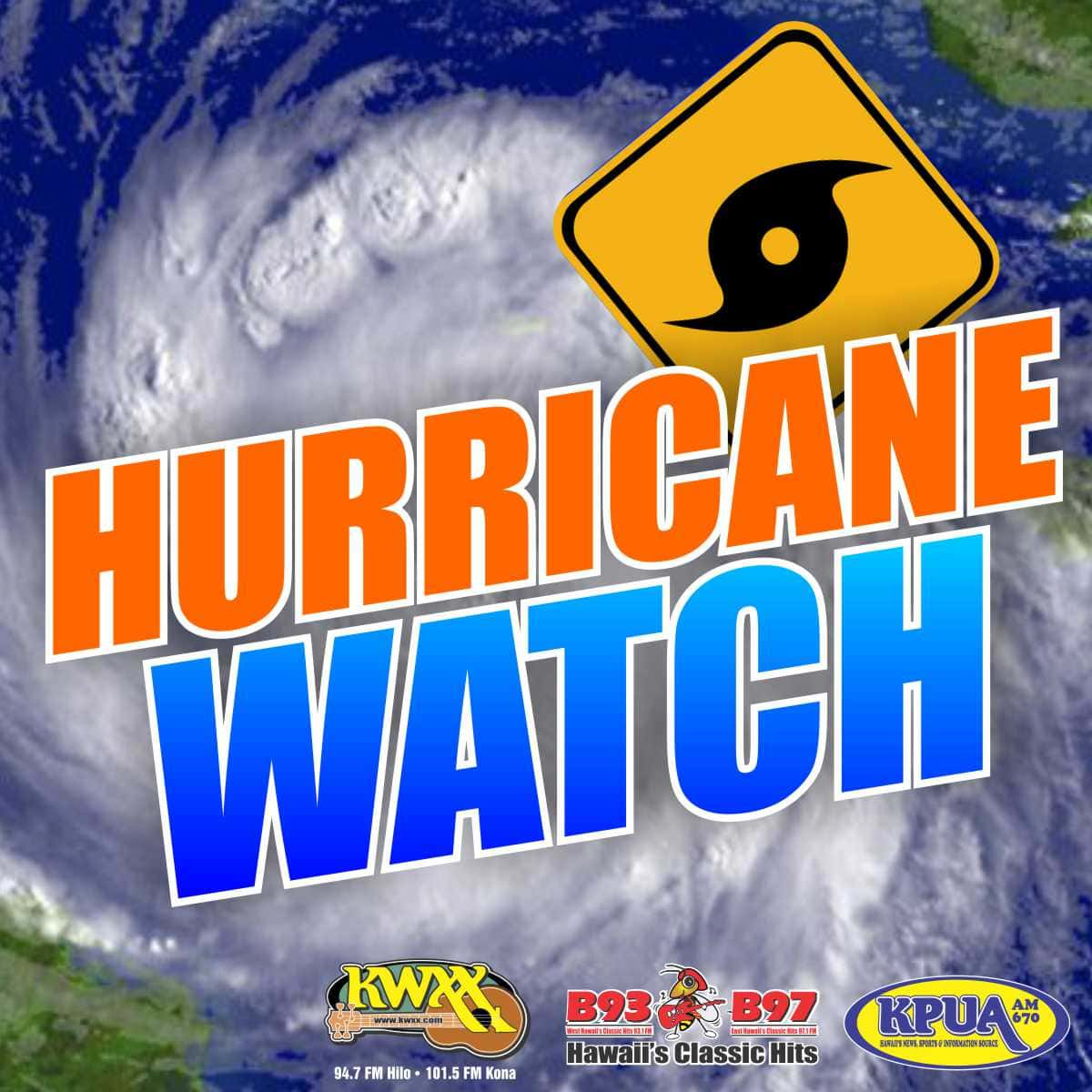Hurricane Watch

A hurricane watch is issued when there is a potential threat of a hurricane making landfall within 48 hours. It means that hurricane conditions are possible in the specified area, but it is not yet certain that they will occur. A hurricane watch is a serious matter, and it is important to take precautions to ensure your safety.
If a hurricane watch is issued for your area, you should:
- Monitor the storm’s progress closely.
- Gather emergency supplies, such as food, water, and a first-aid kit.
- Secure your home and property.
- Be prepared to evacuate if necessary.
Historical Impact of Hurricane Watches
Hurricane watches have been issued for many hurricanes that have caused significant damage and loss of life. Some of the most notable examples include:
- Hurricane Katrina (2005): A Category 5 hurricane that devastated the Gulf Coast of the United States, causing over 1,800 deaths and $160 billion in damage.
- Hurricane Sandy (2012): A Category 3 hurricane that caused widespread damage along the East Coast of the United States, causing over 100 deaths and $75 billion in damage.
- Hurricane Maria (2017): A Category 5 hurricane that devastated Puerto Rico, causing over 3,000 deaths and $90 billion in damage.
Preparation and Safety Measures

In the face of a hurricane watch, it is imperative to prioritize safety and take necessary precautions. By understanding the potential risks and implementing proactive measures, individuals can minimize the impact of a hurricane and ensure their well-being.
Essential Preparations
In response to a hurricane watch, individuals should take the following essential preparations:
– Secure loose objects outdoors, such as patio furniture, grills, and toys.
– Fill up vehicles with gas and ensure they are in good working condition.
– Gather essential supplies, including non-perishable food, water (one gallon per person per day), first-aid kit, flashlight, batteries, and a battery-powered radio.
– Create an emergency plan and designate a safe meeting place for family members in case of separation.
– Secure important documents, such as passports, insurance policies, and medical records, in a waterproof container.
– Know evacuation routes and have a plan in place to leave if necessary.
Safety Measures
To ensure safety before, during, and after a hurricane, it is crucial to adhere to the following measures:
Before a Hurricane:
– Stay informed about the hurricane’s track and intensity through official weather sources.
– Follow evacuation orders promptly if instructed to do so.
– Board up windows and doors with plywood or hurricane shutters.
– Trim trees and remove any potential hazards around your property.
During a Hurricane:
– Stay indoors and away from windows.
– Listen to the radio or television for updates and instructions.
– Use flashlights instead of candles to avoid fire hazards.
– If flooding occurs, move to higher ground.
– Do not drive unless absolutely necessary.
After a Hurricane:
– Be cautious of downed power lines and debris.
– Check for structural damage to your home before entering.
– Boil water before drinking it.
– Contact your insurance company to report any damage.
– Help your neighbors and community members in need.
Tracking and Monitoring Hurricane Development
Tracking and monitoring hurricanes is crucial for predicting their paths and preparing for their impact. It involves a comprehensive system of observation, data analysis, and forecasting.
Meteorologists use a variety of tools and technologies to track hurricanes, including satellites, radar, and aircraft reconnaissance. These tools provide real-time data on hurricane location, intensity, and movement.
Weather Forecasts and Advisories
Weather forecasts and advisories are essential for predicting hurricane paths and providing timely warnings to affected areas. These forecasts are based on computer models that analyze weather data and simulate hurricane behavior.
Hurricane advisories are issued by the National Hurricane Center (NHC) and provide information on a hurricane’s current and predicted location, intensity, and potential impact. Advisories are updated regularly as new data becomes available.
“Hurricane forecasting is a complex and challenging task, but it is essential for protecting lives and property.” – Dr. Rick Knabb, former director of the National Hurricane Center
“The accuracy of hurricane forecasts has improved significantly over the past few decades, thanks to advances in technology and computer modeling.” – Dr. Neil Jacobs, acting administrator of the National Oceanic and Atmospheric Administration (NOAA)